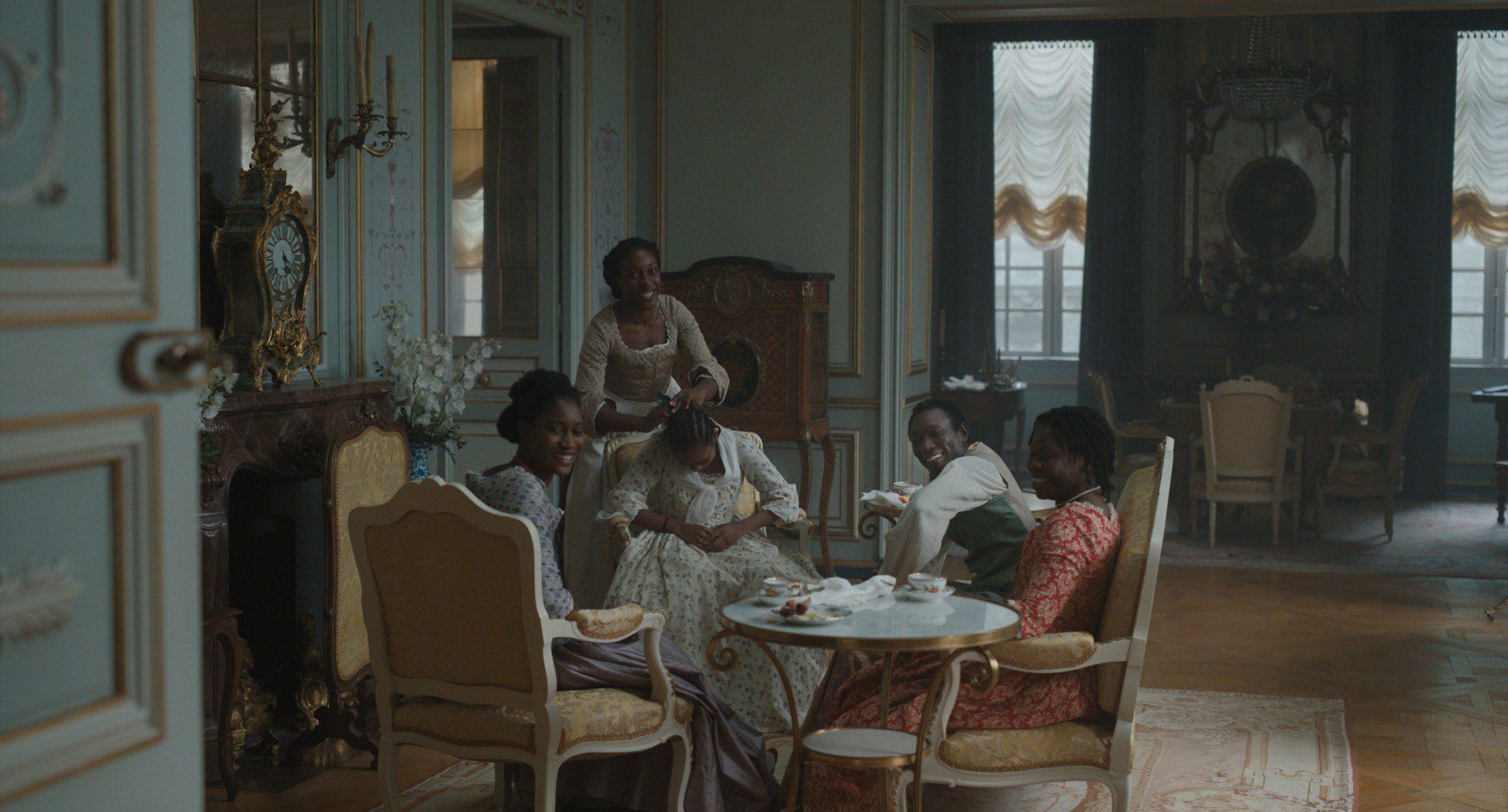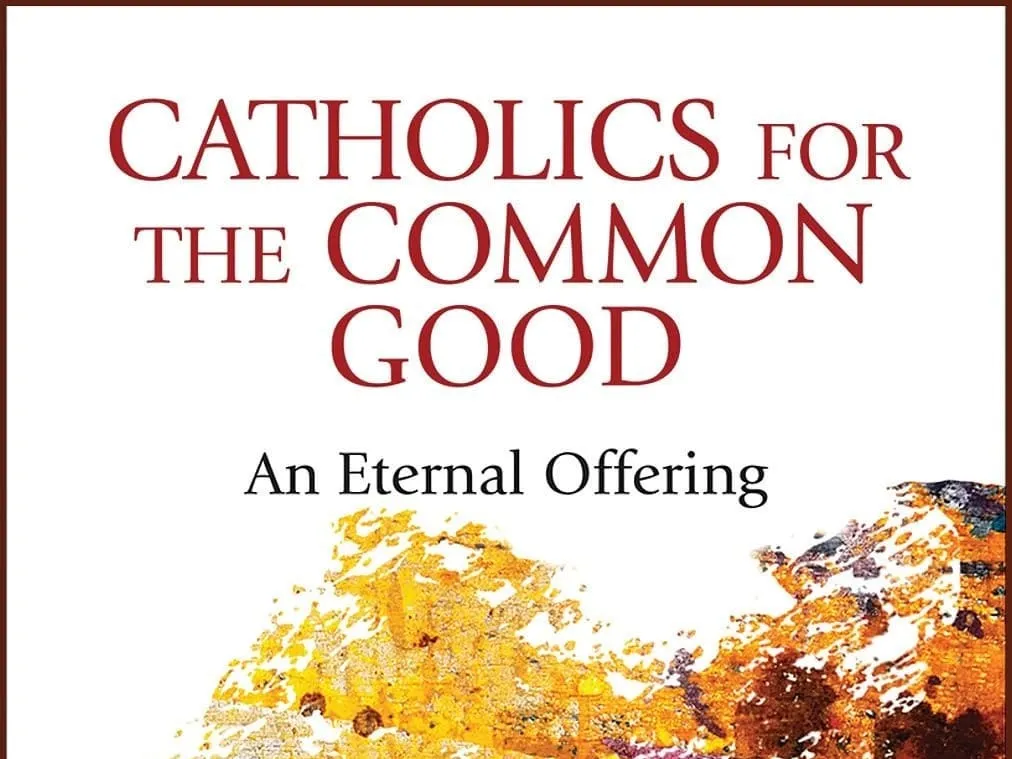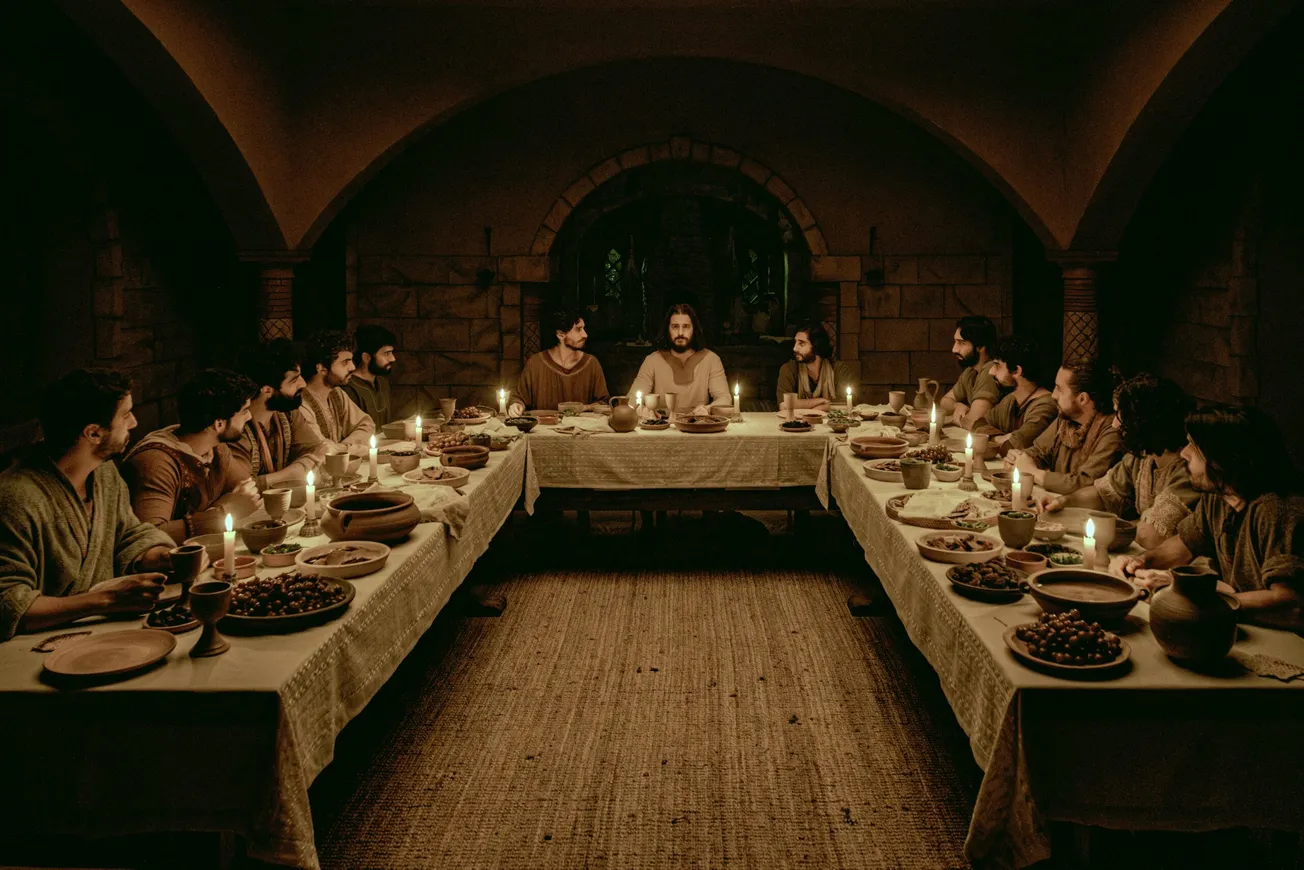“You cannot topple what has been ordained by God.”
The words swept forth from the lips of Queen Marie-Antoinette in the new film “Chevalier,” released last month to glowing reviews from critics and praise for Kelvin Harrrison Jr., who deftly portrays the subject, Joseph Bologne, Chevalier de Saint-Georges, France’s 18th-century Black composer extraordinaire.
The film marks Black Canadian director Stephen Williams’ return to the silver screen and follows Saint-Georges’ rise from a slave plantation in Guadeloupe to the courts of the French royalty. He was a certified polymath, excelling in fencing, music (violin and operas, especially), and military strategy in a society that regarded him as a half-breed, or even subhuman.
That he was a mixed-race man was true, born to the illegitimate union of a White French businessman and an enslaved Senegalese woman who worked for the master’s wife. This dynamic gets short shrift in the film, however, which is eminently focused on the life of Saint-Georges. His father appears in roughly one scene.
Much of the other content in the film is fictional, straining the real-life story of the important Black figure to tell what feels much like the “tragic mulatto” tale of old, a stereotypical rendering of a biracial Black who struggles to fit in as a minority and—due to prevailing prejudices—cannot achieve social status among Whites either.
Saint-Georges’ character somewhat unnecessarily fills this role, abandoned by his father as a child to a boarding school where he is to hone his musical skills, his primary value among the French bourgeoisie. (At one point later in the film, a jaded would-be lover calls him a “party trick” and “a pet.”) Though later reunited with his mother Nanon (Ronkẹ Adékoluẹjo) in adulthood, the chevalier is far removed from his African sensibilities and gives her a cool reception—as she happily befriends Black servants in his household who mock her son.

The real Saint-Georges, interestingly enough, was actually reunited with his father and mother within two years of enrolling at a Jesuit boarding school in the French mainland, and they lived together in Paris until his father’s return to Guadeluope when Saint-Georges was in his late teens. The film accurately notes that he was prevented from receiving an inheritance upon his father’s death.
The development of Saint-Georges’ character in “Chevalier” is compelling, for sure, a coming-of-age and an ethnopolitical self-revolution all at once, but it seems the real story might have been just as Hollywood-ready, given all that the real-life man accomplished. For example, the film is quick to note his ascent into the good graces of Queen Marie (Lucy Boynton), but his participation in the French Revolution is reduced largely to a small (though admittedly powerful) arc at the end of the film and a truncated postscript text.
Like any “good” commercial effort, the film has as its major theme the allure of romance, though it does not appear that the real Saint-Georges was particularly preoccupied with women. In the film, he seduces a married White noblewoman, the Marquise Marie-Josephine de Montalembert (portrayed by a captivating Samara Weaving), who falls for his advances. They later produce a lovechild, who is promptly murdered by Marie’s warlord husband (Marton Csokas) when he sees that the newborn child is Black.
The historical record shows that this adulterous episode was likely nothing more than the content of a gossip column aimed at defaming the notable Black Frenchman. For “Chevalier” writer Stefani Robinson it was apparently a useful plot point, leaving the dejected Saint-Georges ripe for a revolutionary impulse—not because of internal fortitude or spiritual fervor but because of White romantic rejection.
The end of Saint-Georges’ love triangle also occasioned the film’s brief foray into faith. An apparently devout Montalembert is seen praying in a church before finally breaking things off with the chevalier, who—though in real life a baptized Catholic—hardly acknowledges the existence of religion at any point in the film. The Church, like nobility, stability, and power, is for the Whites alone.
Ultimately, Saint-Georges finds himself by the end of the film, reconnecting at a deeper level with his mother and his Black heritage. And though he never achieves the accolades he feels his musical talent deserves, he is by the story’s close a man of principles and is no longer beholden to the White gaze, gun, or gâteau.
Even so, he is clearly a man of great renown in France and elsewhere by the closing credits, and at the time of his death in real life was known as the first Black European musician to achieve international fame. As such, the aforementioned words of the queen—meant to cut him down and extinguish his alliance with her enemies—may have proved prophetic.
Nate Tinner-Williams is co-founder and editor of Black Catholic Messenger and a seminarian with the Josephites.









